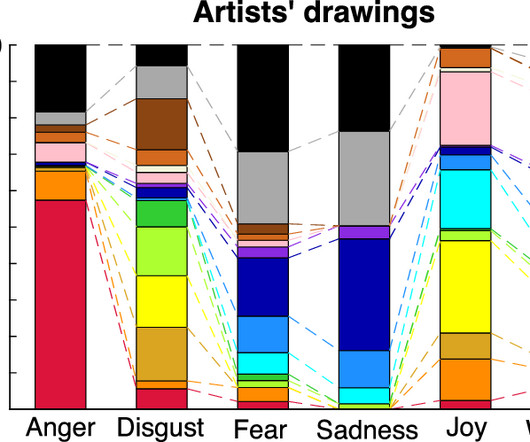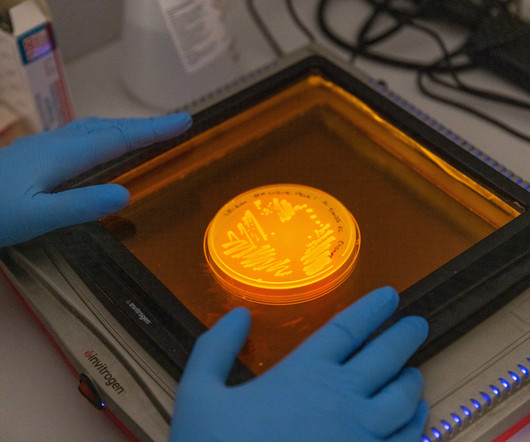Are there ‘rules’ for conveying emotion through art?
Futurum
SEPTEMBER 26, 2023
“For the line drawings, we traced the contours with custom-made computer vision algorithms,” says Dirk. “We We wanted to see whether there were enough consistent features in each category for the computer to be able to accurately categorise any one image.” If the computer had only guessed randomly, it would have had an accuracy of 17%.













Let's personalize your content